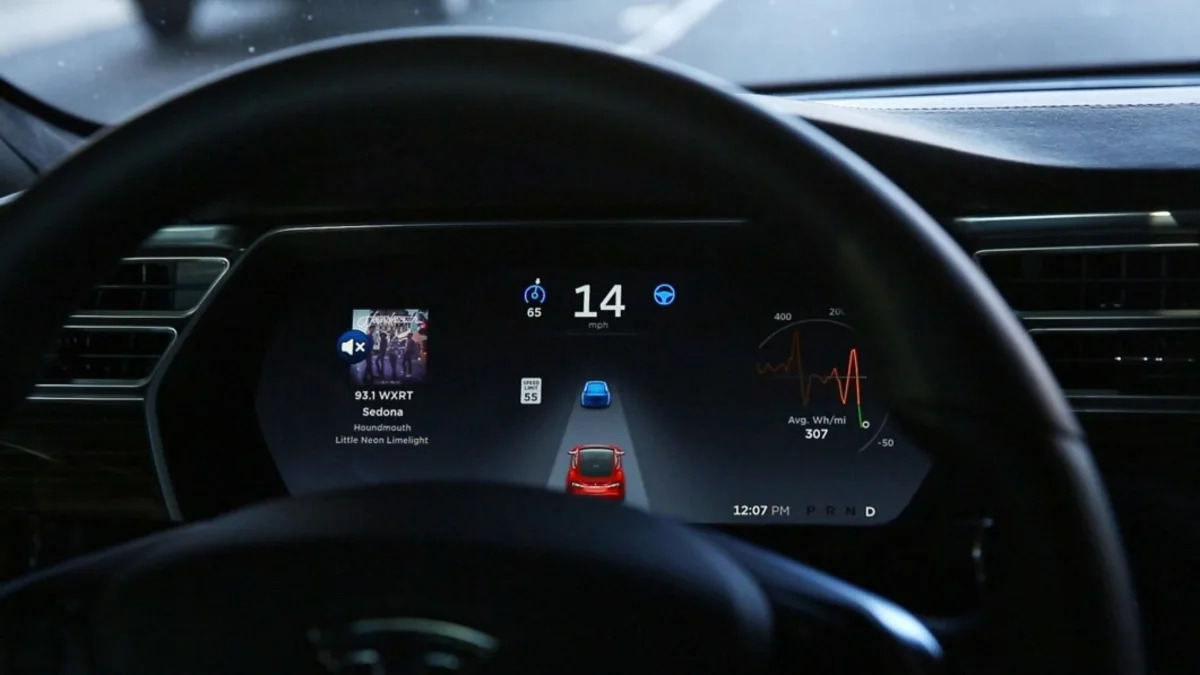A week ago, Acting Administrator of the National Highway Transportation Safety Administration (NHTSA) Ann Carlson told Reuters the government agency had almost reached a resolution to a two-year investigation of Tesla's Autopilot. It's possible that recent revealations have some bearing on whatever that resolution will be.
In June, a hacker well known for digging into Tesla software discovered a configuration for assisted driving that removes what Tesla fans call the "nags" — the alarms and chimes that remind a driver to pay attention to the road ahead and to apply torque to the steering wheel so the vehicle knows the driver remains aware. In other words, the driver can remain hands-off without being scolded. The hacker nicknamed the configuration "Elon Mode" (because of a line in the code implying the configuration was intended for "executive testing.")
Then the hacker, known as greetheonly on X/Twitter, took a Tesla on road trip for nearly 600 miles in which he "did not need to watch for the dreaded nag."
Elon Musk said last December that a software update would let some Tesla drivers disable the "nag," but that it hadn't yet been implemented. Then, earlier this month, Musk livestreamed himself driving a Tesla in Palo Alto, California, while using a phone – a violation of Tesla's own rules and California state law.
And some video demonstrations by private owners have made viewers ask why there were no nags in the videos.
NHTSA just posted a letter dated July 26 to its site, the letter addressed to Tesla. In it, the agency tells the automaker it's aware Tesla "introduced an Autopilot configuration that, when enabled, allows drivers using Autopilot to operate their vehicles for extended periods without Autopilot prompting the driver to apply torque to the steering wheel." The letter asks Tesla to respond under oath by August 25 to a series of questions the letter puts forth about Autopilot and the "Elon Mode" configuration. NHTSA reported that Tesla provided a confidential response in time.
The agency said, "The resulting relaxation of controls designed to ensure that the driver remain engaged in the dynamic driving task could lead to greater driver inattention and failure of the driver to properly supervise Autopilot," and it is "concerned that this feature was introduced to consumer vehicles and, now that the existence of this feature is known to the public, more drivers may attempt to activate it."
A point of clarity for anyone new to Tesla nomenclature. NHTSA refers to Autopilot, but Tesla has three levels of driver assistance: Autopilot, Enhanced Autopilot, and FSD, or "Full Self-Driving." According to Tesla, Autopilot is only adaptive cruise control and automatic steering such as lane-centering. Enhanced Autopilot manages more driving tasks such as changing lanes and navigating highway interchanges. FSD adds traffic sign, stop sign, and traffic light recognition. We believe NHTSA refers to the entire suite when it calls out Autopilot.
We know it's been tough to pin down what Autopilot and FSD can and can't do, both from Tesla's standpoint and in light of what owners are creating to get around the built-in protections. Tesla's language on using the systems states, "Autopilot, Enhanced Autopilot and Full Self-Driving Capability are intended for use with a fully attentive driver, who has their hands on the wheel and is prepared to take over at any moment. ... While these features are designed to become more capable over time, the currently enabled features do not make the vehicle autonomous."
The ongoing Autopilot probe, which NHTSA launched in 2021, is among a series of investigations targeting Tesla, its products and Musk, its chief executive officer. Federal regulators are looking into possible problems with Tesla’s seatbelts, steering wheels and driver-assistance features.
The investigation was launched almost a dozen collisions involving first-responder vehicles and Tesla models which are believed to have had Autopilot software engaged.
Tesla has long said its driver-assistance software is not a substitute for a driver and that “currently enabled features do not make the vehicle autonomous.” But many owners have clearly regarded it as such, and safety advocates criticize the company’s marketing of the system under the name “Autopilot” as misleading.
The biggest question is why NHTSA posted the July letter now and what it means for the resolution. It's possible this is part of the agency slowly assembling a public case for a potential punishment with teeth.
Contains information from Bloomberg and Insider.


Sign in to post
Please sign in to leave a comment.
Continue